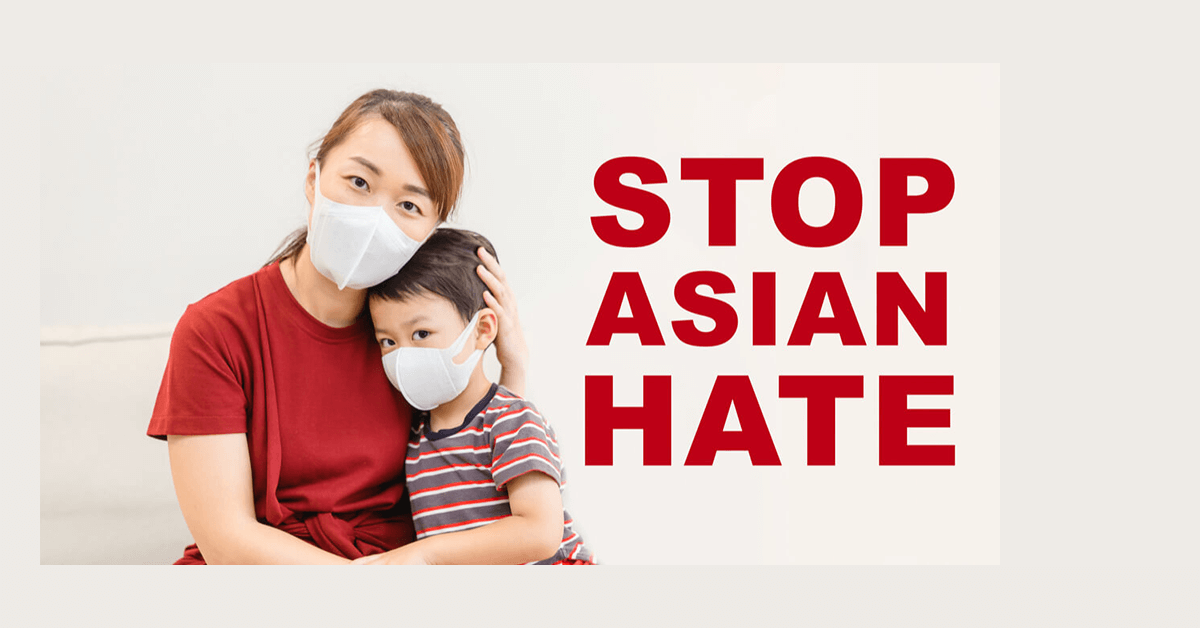By Haiyun Lu, Chinese language teacher, University School of Milwaukee (WI)
It was the morning of March 17, 2021. I was standing in the kitchen, waiting for the tea kettle to whistle when I first saw the headline from the Washington Post, Eight Killed, Including Six Asian Women… My head started to buzz, “A hate crime?” Since the onset of COVID-19, hate crimes against Asian people have been escalating, according to an AAPI source report, nearly 3800 incidents were reported. Most of the time, it was Asian women and elders who had been targeted. As I quickly skimmed through the Post article, I spotted the line “no motives have been determined.” My stomach began to churn; if it was not a hate crime, I wondered what the motive was…
Finally, the police released a statement regarding the mass shooting: Robert Aaron Long was not motivated by race. Long has been referred to as having a “sex addiction;” after a bad day, he thought he needed to eliminate the temptation of this addiction….
My 18-year-old sunny, funny, and beautiful niece was doing dishes as I was reading the police statement to her. “What are they saying?” I obverted my eyes…

